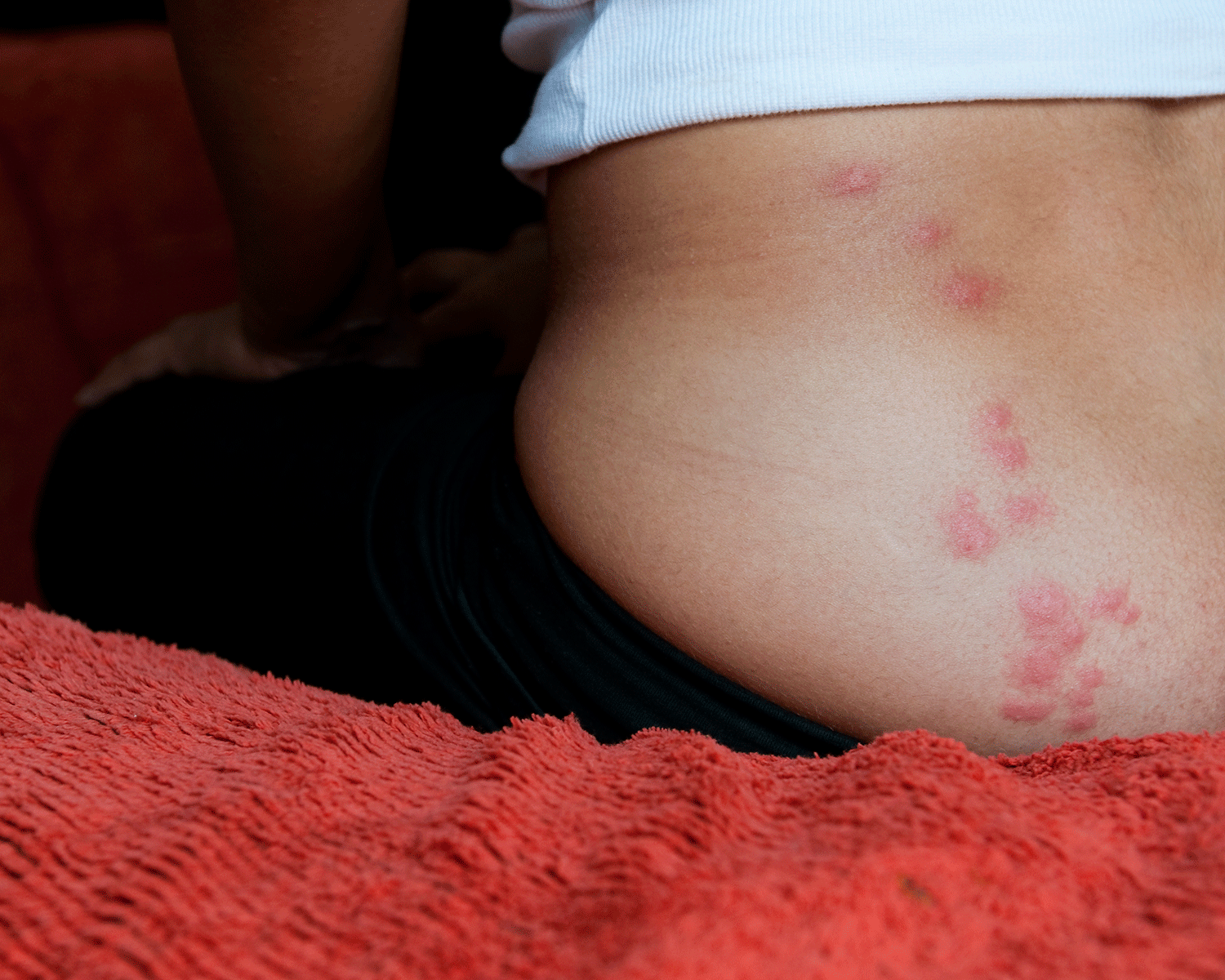How to get rid of bed bugs: Signs, treatment and what bites look like
Don't let the bedbugs bite, here's how to get rid of them instead
If you’ve been invaded by bedbugs, don’t feel ashamed because it has happened to five-star hotels and even a British Airways flight.
Although the bites aren’t dangerous and don’t spread disease, bedbugs can be a real nuisance because of their persistence, so you will want to act fast.
First things first, you need to be able to spot the little devils. Adult bedbugs are oval-shaped, up to 5/6mm long and can be dark yellow, red or brown.
They are expert hiders though, so you may need to look for clues rather than come across the bugs themselves.
Signs you might have an infestation include tiny white eggs in the crevices of your mattress and furniture or blood spots on your sheets from squashing the bugs.
You may also find mottled shells that have been shed or tiny black spots on your mattress, which are their dried excrement.
How to get rid of them
Now that you’re sure that you have a bedbug infestation you need a plan of action to get rid of the pests.
The bad news is that bedbugs can be very difficult indeed to get rid of, because like The Terminator, they'll be back.
The best course of action is to contact your local council or a pest control firm. However, there are some things you can do to help, such as:
- Wash infected clothes or bedding at 60 degrees centigrade or, if you’re feeling lazy, bung them in a tumble dryer for 30 minutes.
- Suck up any bugs you can see with a vacuum cleaner and dispose of the bag.
- Use plastic mattress covers to stop the bugs getting in or out
- If you’re getting desperate, you could consider throwing away anything that is infested
Bites usually fade in a few days, but mild steroid cream can be applied to stop the itch. If you develop pain, redness or swelling, it may be infected so you should see your GP.

A 2016 study found that bedbugs are attracted to and repelled by certain colours. The parasites are more likely to hide in red or black areas, so you may want to avoid those colours when it comes to your bedding and furniture.
By contrast, they turn their noses up at green and yellow, according to research by scientists from the University of Florida.
Global resurgence
This essential guide couldn't come at a better time, because scientists say we are currently in the midst of a worldwide bedbug resurgence.
This is partly because bedbugs, like many insects, have developed resistance to the extermination chemicals, so have evolved to become stronger.
Other factors at play in the resurgence include how modern central heating and soft furnishings have created the ideal environment for bedbugs and frequent travel has enabled them to hitch a ride between continents in suitcases and clothing.
Heather Lynch, a lecturer at Glasgow Caledonian University, wrote recently that people could learn a thing or two from the residents of Govanhill in Glasgow, a deprived district characterised by waves of immigration and poor housing conditions.
So endemic is the bedbug infestation there that some residents have come to accepted it as the new normal, after numerous public health initiatives worth millions of pounds have failed to reduce the overall problem.
This article was originally published in December 2017
Join our commenting forum
Join thought-provoking conversations, follow other Independent readers and see their replies
Comments
Bookmark popover
Removed from bookmarks